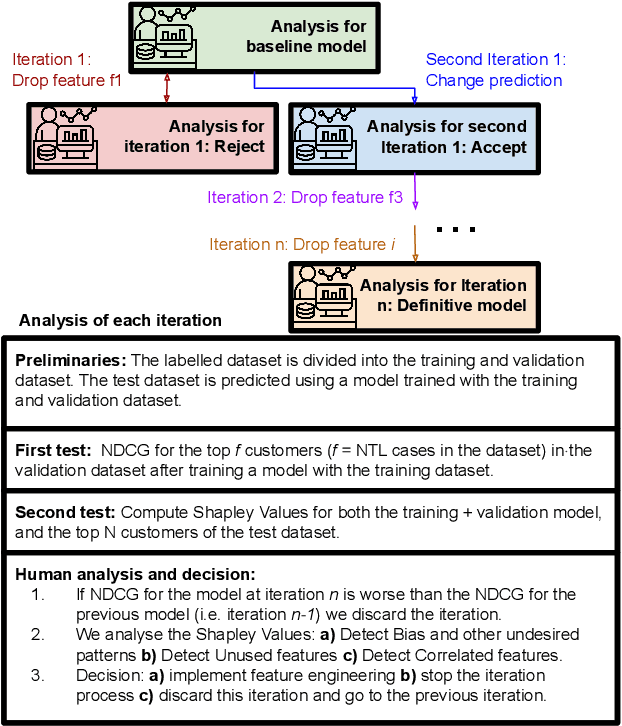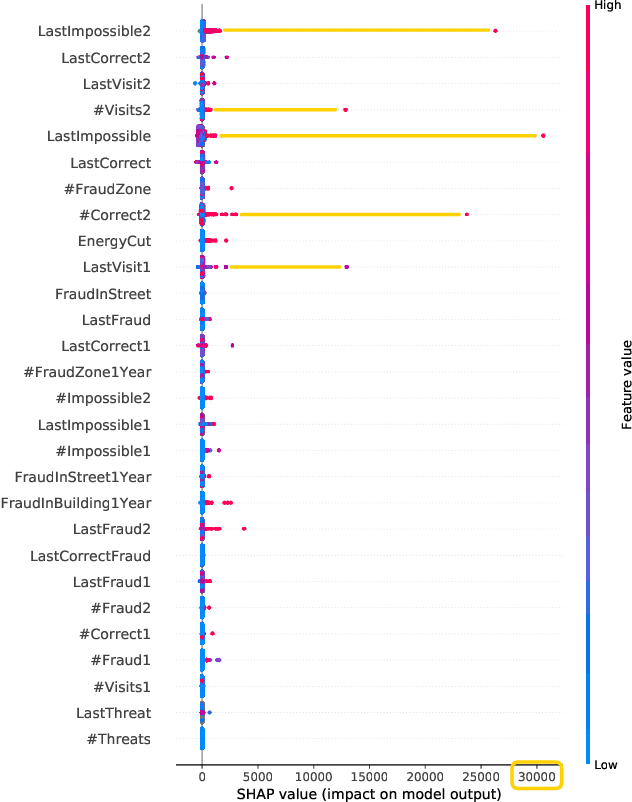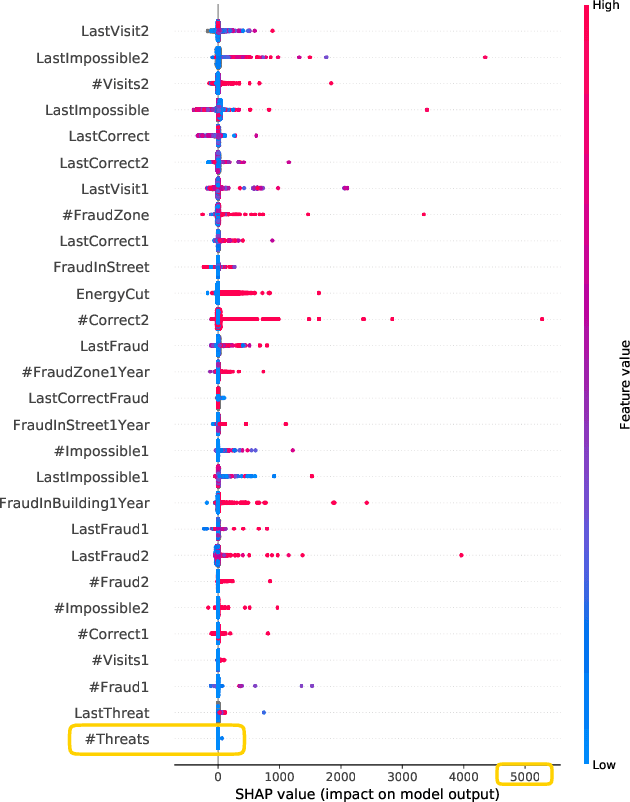An Iterative Approach based on Explainability to Improve the Learning of Fraud Detection Models
Paper and Code
Sep 28, 2020



Implementing predictive models in utility companies to detect Non-Technical Losses (i.e. fraud and other meter problems) is challenging: the data available is biased, and the algorithms usually used are black-boxes that can not be either easily trusted or understood by the stakeholders. In this work, we explain our approach to mitigate these problems in a real supervised system to detect non-technical losses for an international utility company from Spain. This approach exploits human knowledge (e.g. from the data scientists or the company's stakeholders), and the information provided by explanatory methods to implement smart feature engineering. This simple, efficient method that can be easily implemented in other industrial projects is tested in a real dataset and the results evidence that the derived prediction model is better in terms of accuracy, interpretability, robustness and flexibility.
 Add to Chrome
Add to Chrome Add to Firefox
Add to Firefox Add to Edge
Add to Edge